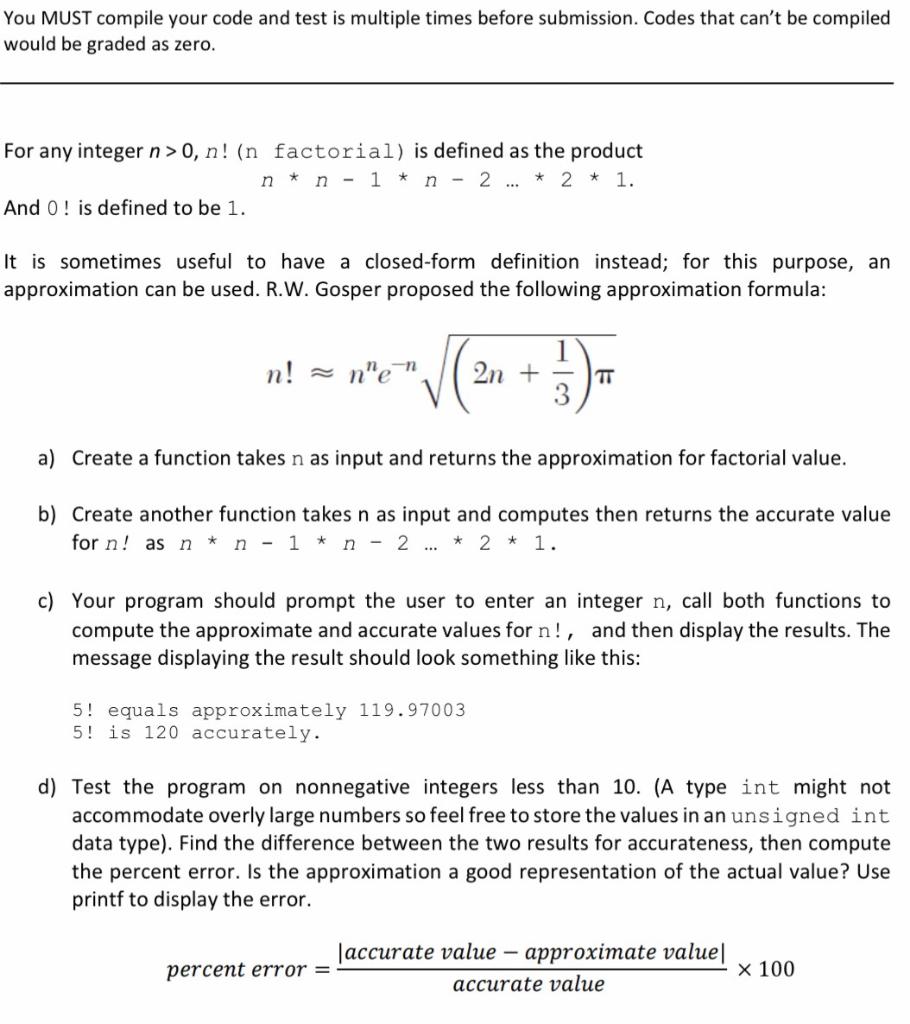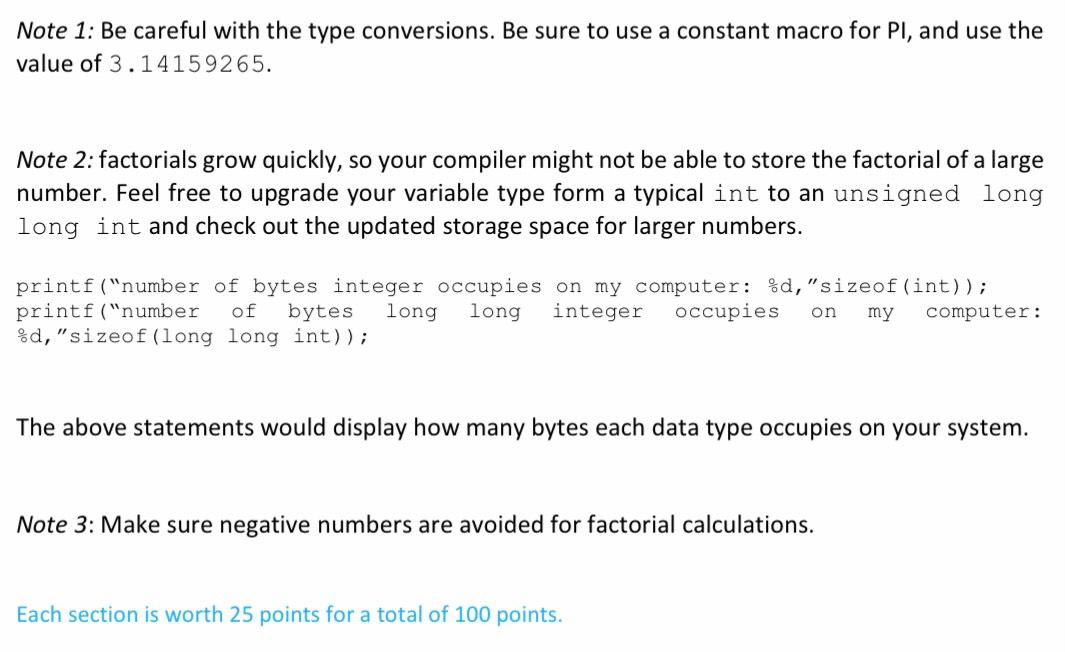Answered step by step
Verified Expert Solution
Question
1 Approved Answer
In the programming language C, please write a code that meets these 4 requirements. Please look at the second picture, which includes important notes on
In the programming language C, please write a code that meets these 4 requirements. Please look at the second picture, which includes important notes on what the code should be like, including a constant macros. thanks!


Step by Step Solution
There are 3 Steps involved in it
Step: 1

Get Instant Access to Expert-Tailored Solutions
See step-by-step solutions with expert insights and AI powered tools for academic success
Step: 2

Step: 3

Ace Your Homework with AI
Get the answers you need in no time with our AI-driven, step-by-step assistance
Get Started


